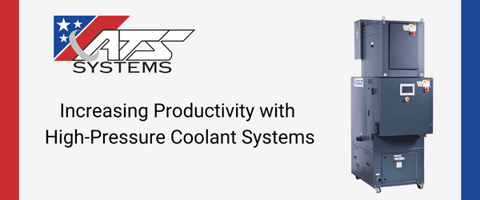Forkardt Hardinge Acquires ATS Systems, Expands Capabilities in Machine Tool Accessories
Workholding 101
Workholding is one of the essential aspects of a variety of manufacturing operations. Therefore, it's important to understand how to use the different types of workholding devices. Proper usage of workholding tools helps to speed up production, and it has several other benefits. There are several standard workholding tools available, but most applications call for highly customized solutions. This helps to provide high repeatability and extreme accuracy. According to Statista, China, Germany, and Japan were leading countries in machine tool production in 2021. Here are some things you need to know about workholding solutions.
What is Workholding?
Workholding is a process used to secure workpieces against the forces of machining. One of the simplest workholding devices is a regular clamp. However, this process can also involve complex fixtures that are custom-made for specific parts. Other workholding devices include chucks, indexers, rotary tables, and vices. In other machining operations, workholding can also be used to locate the part. On a machining center, for instance, a fixture can also provide the accurate orientation and position where the machining program should find a workpiece.
Components of Workholding
When a part is being machined, workholding describes holding it in a fixed position. This allows for precise fabrication within a regulated tolerance. Workholding comprises two components. The first is the actual workholding tool. This could be a vise that holds the piece in place. The second component of the workholding involves positioning and firmly attaching the tool to the machine. This includes the use of universal T-slots, fixture plates, and other devices that can hold the tool in place.
Advantages of Workholding
There are several advantages to having workholding solutions. The first is that it increases productivity and throughput. This also generates more production uptime by reducing changeover and set up times. Apart from that, it also enables the operator to make adjustments to the work quickly. All of this can be done without interrupting production. In most instances, a lot of time is spent mounting single workpieces in a machine.
Workholding is a highly repeatable process that increases spindle uptime. This makes it possible for technicians to change setups quickly. Unlike other processes, there is a measurable improvement in quality and accuracy. Are you looking for workholding solutions? Contact ATS Systems today to learn about the workholding solutions we offer.
.png)



